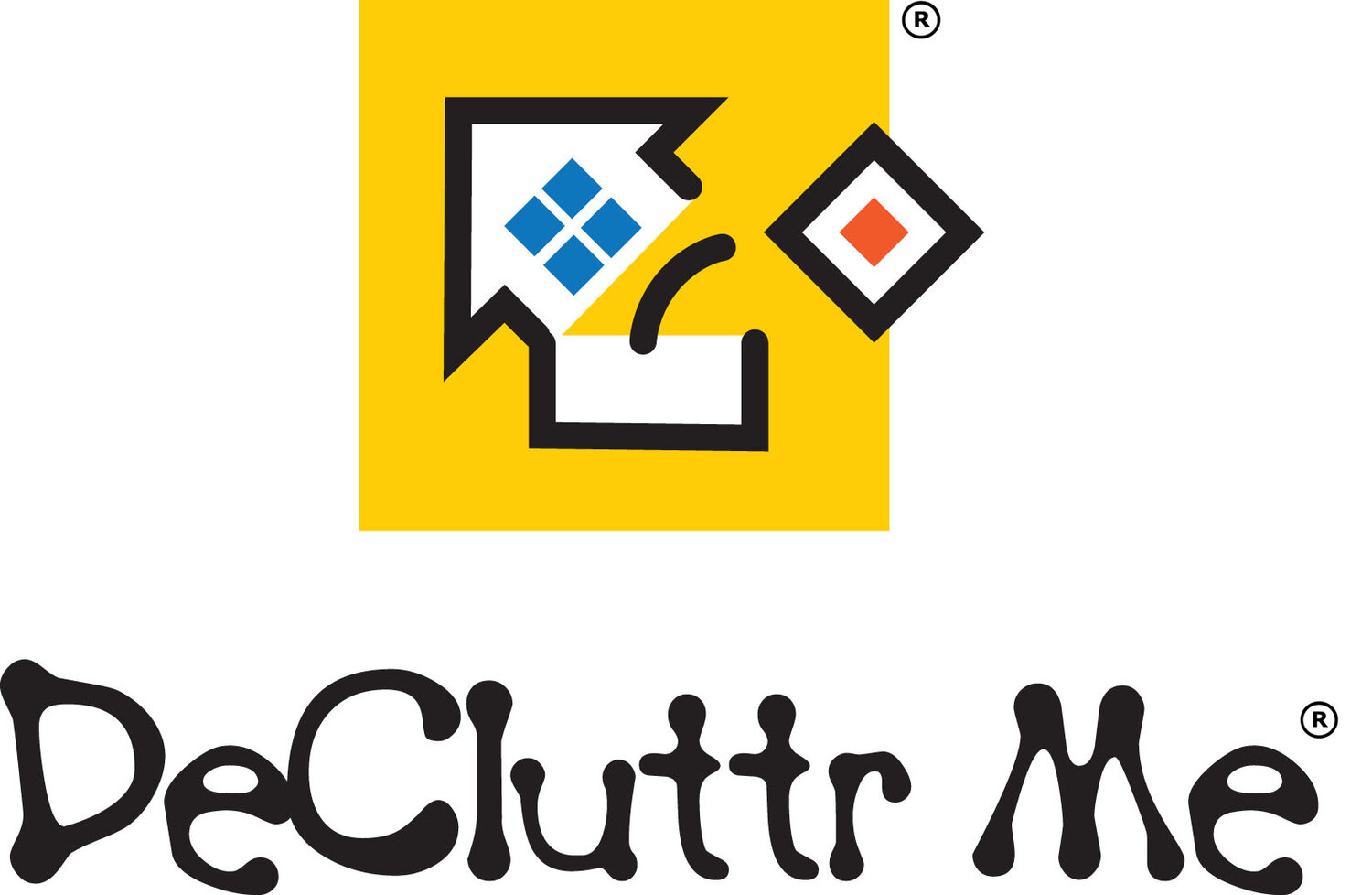Practical Tips to Organise Your Kid’s Closet for Maximum Efficiency
Keeping a child’s closet organised can feel like an ongoing battle. As kids grow quickly, their clothes, shoes, and accessories constantly change, often leaving their wardrobe in chaos. However, with a few practical strategies, you can create a system that not only keeps their closet tidy but also teaches them good organising habits. In this post, I’ll share tips for setting up an organised and kid-friendly closet.
Step 1: Declutter Regularly
Kids outgrow clothes fast, so frequent decluttering is essential. Every three to six months, go through their wardrobe and:
• Remove clothes that no longer fit.
• Donate or pass on items in good condition.
• Toss or recycle damaged or overly worn pieces.
Involve your child in the process to teach them the importance of letting go of what they don’t need.
Step 2: Use Kid-Friendly Storage Solutions
Organising a kid’s closet requires tools and systems they can manage independently. Try these ideas:
• Low-Hanging Rails: Install rails at their height so they can hang and retrieve clothes easily.
• Open Baskets or Bins: Use these for items like socks, underwear, and T-shirts.
• Labels or Pictures: Label drawers, bins, or shelves with words or images to help younger kids identify where things belong.
Step 3: Divide Clothes by Category
Make it easy for your child to find what they need by dividing their clothes into categories:
• Everyday outfits
• School uniforms
• Sports or activity wear
• Special occasion clothes
• Seasonal items
Assign each category a specific space, such as a drawer, shelf, or section of the hanging rail.
Step 4: Rotate Seasonal Clothes
Store out-of-season clothes separately to free up space. Use vacuum-sealed bags or labelled bins to keep them organised. When the seasons change, swap items in and out, ensuring everything still fits and is in good condition.
Step 5: Use Drawer Dividers
Kids’ clothes are often smaller and can easily get jumbled in drawers. Dividers are perfect for keeping things tidy. Use them to separate socks, vests, and pyjamas, making it easier for your child to grab what they need.
Step 6: Create a Shoe Station
Shoes can create chaos in a child’s closet if not organised. Use these tips to manage them:
• Low Racks: Place shoes on a low rack so they’re within reach.
• Cubbies: Assign a cubby for each pair.
• Over-the-Door Organisers: Great for small shoes, these make use of vertical space.
Encourage your child to return their shoes to the same spot after wearing them.
Step 7: Make Room for Accessories
Accessories like hats, scarves, and backpacks often end up scattered. Use these storage solutions to keep them neat:
• Hooks: Install hooks on walls or doors for hats and bags.
• Small Baskets: Store smaller items like gloves and hair accessories in clearly labelled baskets.
• Drawer Organisers: Use for jewellery, belts, or small toys.
Step 8: Involve Your Child
A closet system only works if it’s easy for your child to use. Involve them in setting it up and explain where everything goes. Encourage them to put things away themselves to build good organising habits.
Step 9: Schedule Maintenance
Kids’ closets need regular upkeep to stay functional. Schedule time every few months to:
• Declutter outgrown clothes.
• Reorganise items that have shifted out of place.
• Adjust storage systems as their needs change.
Benefits of an Organised Closet for Kids
An organised closet benefits both you and your child:
• Saves Time: Your child can find what they need quickly.
• Teaches Responsibility: Kids learn to care for their belongings and stay organised.
• Reduces Stress: No more morning meltdowns over missing clothes.
• Maximises Space: Proper organisation makes the most of even small closets.
Organising a child’s closet may require a bit of effort upfront, but it pays off in the long run. By creating a kid-friendly system and involving your child in the process, you’ll set the stage for a tidy, stress-free wardrobe. Start with these tips today and enjoy a more harmonious and functional space for your little one.

